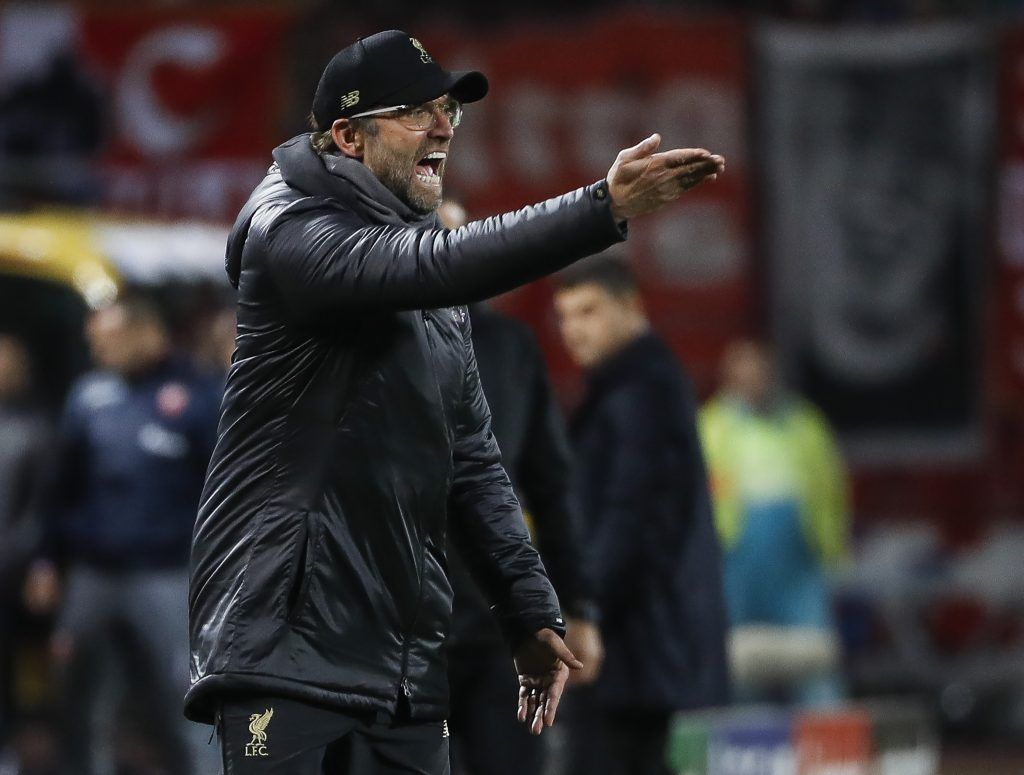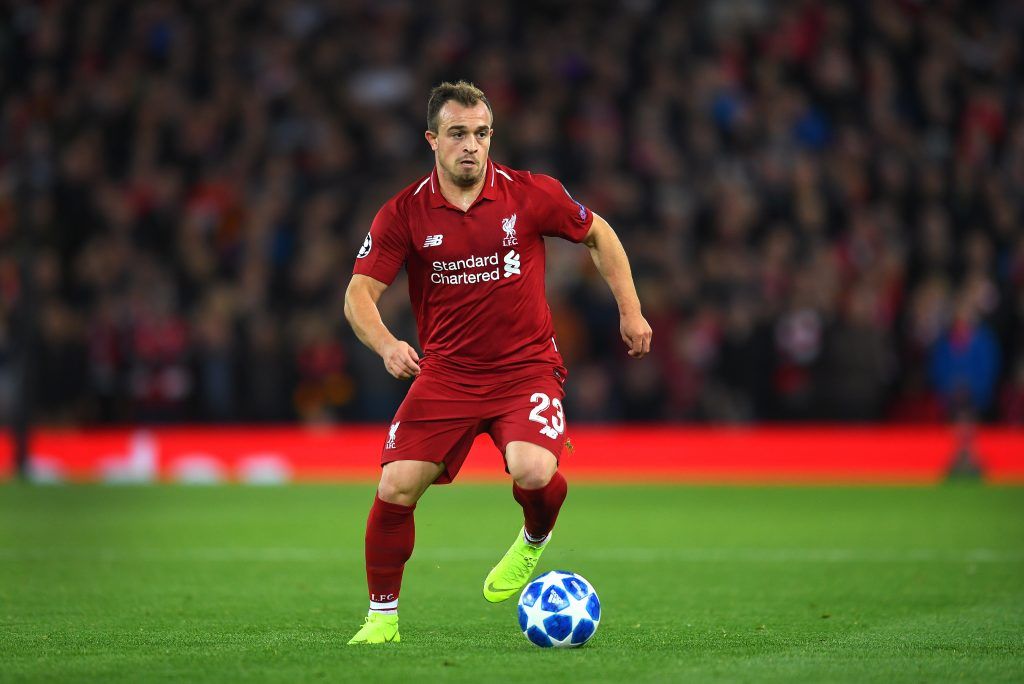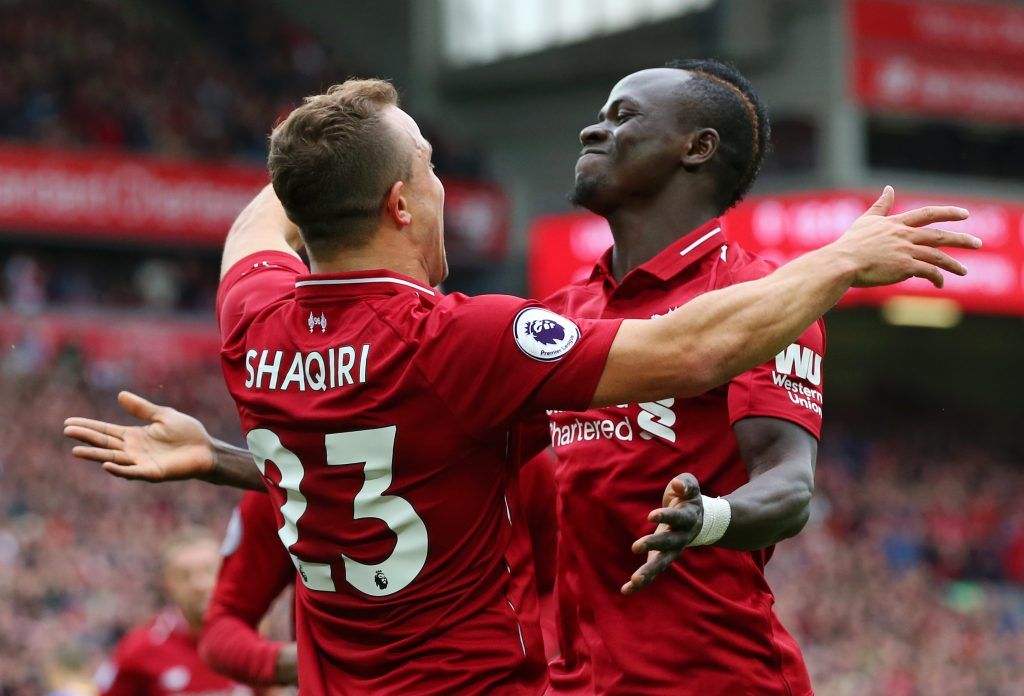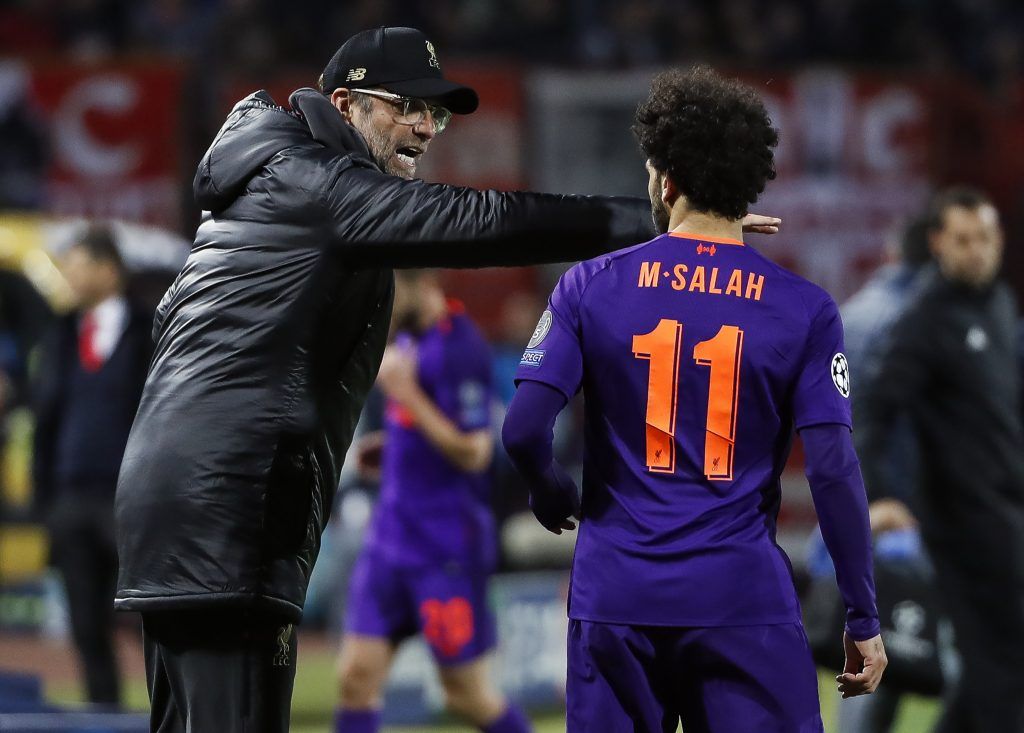“I saw, unfortunately, a few games like this already and it’s really difficult to find your mojo back, that you can do the right thing in the right moment very naturally”
Jürgen Klopp’s post-match assessment from Liverpool’s pathetic 2-0 defeat at Red Star Belgrade was instructive as it pointed out that while the Merseysiders are enjoying a stellar start to the season, they have been functioning as a faded version of themselves.
The manager’s appraisal will have resonated with supporters who have wondered whether the rapid, swashbuckling side of the previous campaign have purposely been moulded into a more measured unit.
Klopp’s words at the top table of Rajko Mitic Stadium – not dissimilar to many of his post-whistle press conferences this season – suggested that this is not the case: Liverpool have lost some of their fizz and are struggling to regain it.
While there is satisfaction and pride in being able to shape-shift and gain results in different ways, there is worry about the application of their core, aggressive identity.
A taxing schedule following World Cup exertions has not been helpful: trips to Tottenham, Chelsea, Napoli and Arsenal have already been undertaken, as well as the hosting of Paris-Saint Germain and Manchester City, while traditionally tricky away days to Selhurst Park and King Power Stadium were also part of the equation.
Regardless of the mitigating factors – injuries to key players and the acclimation of new personnel included – it is a concern that Liverpool can be a comfortable side for the opposition to face.
One that Klopp has regularly noted:
“We made life a bit too easy tonight for Belgrade, that’s the main problem”
– vs Red Star Belgrade, 6 November
“We made life a bit too easy for them in the first half”
– vs Arsenal, 3 November
“I think we should expect of ourselves to do better… We expect from ourselves really good football and I like to see that.”
– vs Huddersfield, 20 October
“We could’ve played really calmer, prepared the situations better but we didn’t, so we didn’t create a lot of chances. It’s always a bad sign if you have to say your goalkeeper was your best player, but that was obvious tonight.”
– vs Napoli, October 3
“Performance-wise, we know we can improve and we really know that we could have already done better”
– vs Leicester, 1 September
“I was not too happy with our offensive play. The rhythm was not good, timing was not good, both full-backs need to be involved much more and open up their game a little bit so we really have different options”
– vs Crystal Palace, 20 August
So what could be some of the reasons for Liverpool’s loss of mojo?
BACKLINE BRINGING ABOUT A CHANGE?
Has a steely rearguard sparked a shift in approach? Yes, but not by design. Klopp has continuously circled his disappointment in the offensive play from his charges, so it is clear that he has not ordered a conservative approach.
Liverpool still have the desire to be an explosive attacking juggernaut, but just haven’t been.
Virgil van Dijk and Joe Gomez’s ability to snuff out the counter-attacking opportunities of opponents means that the Reds have less chances to break themselves – their attacks are a lot more half-pitch, possession-based moves.
This protection from the centre-back pairing higher up the pitch also means that long-distance recoveries are down, and as such, so are the club’s running numbers.
MIDFIELD BALANCE
Liverpool having more of the ball means there are receding openings to win it back. As such, with gegenpressing not allowed to be the playmaker-in-chief, they require more invention and incision in possession.
This has been a two-fold problem. Klopp’s men are playing predictable football at the moment: the person on the ball has either one or no short passing option, plus the long punt into the front line. The match at the Emirates was a snapshot of this predicament and Liverpool become easy to defend against.
Personnel is the second element of the issue. The link play between the midfield and attack has been non-existent at times to underscore just how vital Alex Oxlade-Chamberlain was before his knee injury, but it also illuminates the non-negotiable nature of Liverpool needing a line-breaker in the centre of the park.
Naby Keita, having just successfully nursed a hamstring complaint, and Xherdan Shaqiri are the only two real candidates for this role. It is no coincidence that Liverpool’s best, most expansive displays came with one of them on the pitch.
The Guinea international was involved in the 4-0 win over West Ham and arguably the club’s standout performance of the season in the 2-1 victory at Tottenham. He was replaced on 18 minutes away to Napoli, where Liverpool didn’t manage a shot on target.
Shaqiri, meanwhile, has emerged as Klopp’s most creative weapon with the manager stating “it’s like he’s involved in pretty much everything, especially decisive situations.”
The Swiss international has fed his game-changer status since his first start against Southampton, where he was twice directly involved in the 3-0 scoreline.
Daniel Sturridge’s late equaliser against Chelsea at Stamford Bridge was assisted by him and the pint-sized rocket also supplied Salah’s winner away to Huddersfield before being sublime in the 4-0 home victory over Red Star.
Shaqiri opened his personal account in the 4-1 Anfield triumph over Cardiff City, where his introduction on 61 minutes lifted Liverpool and led to three goals.
Without a dynamic player in midfield, the Reds are static: forwards aren’t supplied enough or encouraged to provide movement and the play becomes stale and forced.
The Gini Wijnaldum – James Milner – Adam Lallana triumvirate does not work. It is too laboured – one of Liverpool’s midfielders has to be a quick-thinking, progressive force.
Jordan Henderson has been a miss and while Fabinho impressed at home against Red Star and Cardiff, there is apprehension that he’s still struggling with the pace of the game both on and off the ball, especially against more aggressive teams.
The Brazilian has looked most encouraging in a double-pivot with Wijnaldum, who has excelled as the anchor this season but doesn’t have the bite of Keita or Shaqiri to be fielded in a more advanced position.
NO CLICK, CLICK, BANG!
The lack of imagination in midfield correlates to the impotence of the front three, who haven’t truly found their cohesive rhythm yet.
None of Roberto Firmino, Sadio Mane or Mohamed Salah have been operating at maximum yet this season, but there have been plenty of ‘almost’ moments.
The encounters against Tottenham and Huddersfield stand out in this instance: the former could have easily found themselves 4-0 down at Wembley by half-time, while the latter were fortunate not to be killed off on the counter in the second half at John Smith’s Stadium.
Liverpool’s final ball or decision on the counter has most often been unlucky or awful. So the opportunities have been there, but haven’t been maximised – that was the case early last season too, but by this point, the frontline had already found their groove.
The positional change with Firmino being used as a second striker, while Salah acts as the focal point does not seem to be working: neither look entirely comfortable with the switch.
The former has been specifically targeted by opposing managers this season and has looked the most off-colour.
There is belief at Melwood, though, that only small tweaks are needed to get the trio – and Liverpool in totality – back to their effervescent best.
That the club have constructed a brilliant base despite not being at their apex is encouraging, but as Klopp has stated throughout the campaign, Liverpool need to expect better from themselves and action that.


















































